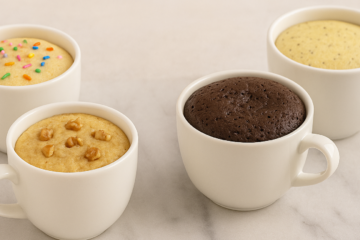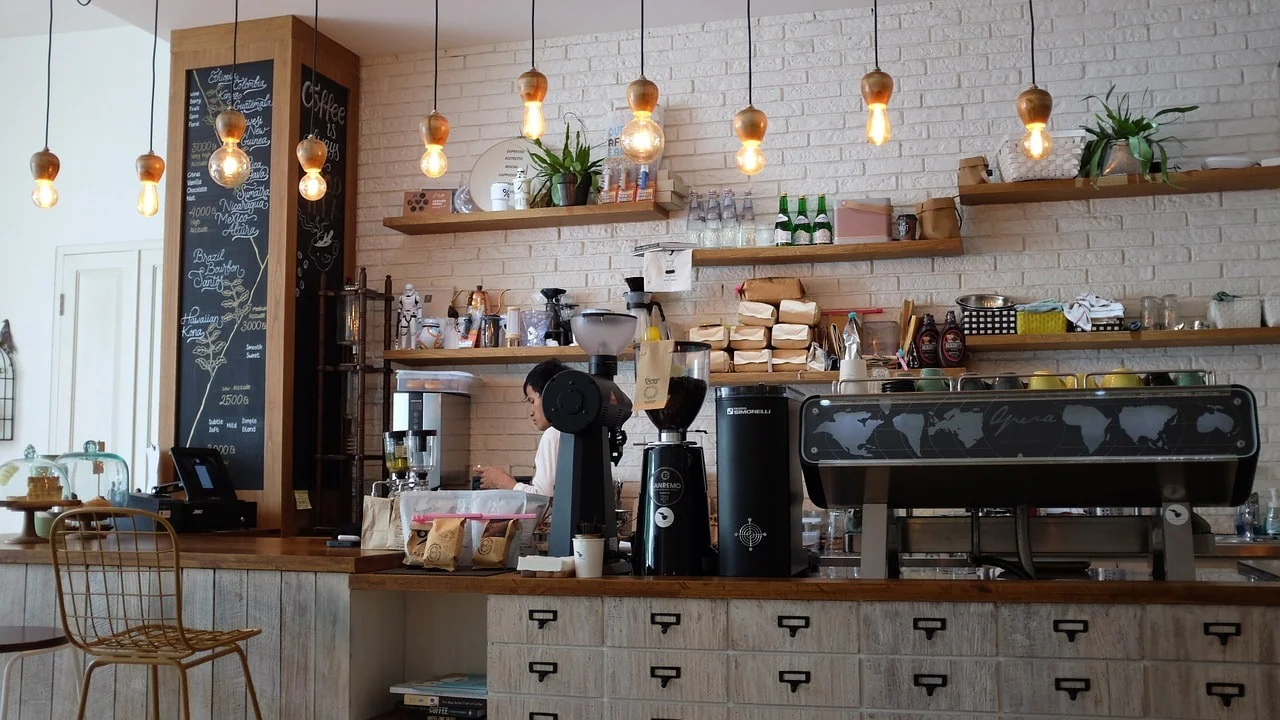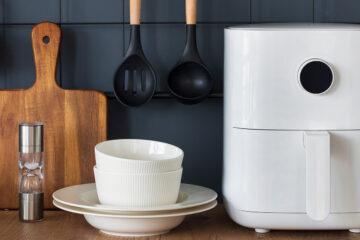Simply, tea is a hug in a cup.
Made from infusing crushed and dried leaves of the tea plant into boiling water, voila!
Tea is both a dynamic cooking ingredient and a soothing beverage.
Incorporating tea into broths, baked goods and various marinades is an excellent way to add flavour and fragrance to your culinary dishes.
At Dr. Cooker we know how good a hot mug of tea is but lately, we have been pondering about ways to be more creative with tea.
Some of our favourite teas are now becoming ways to add more herbal, sweet, and grassy notes to our cooking regime.
From sweet treats to stir-fries and butter, here are a few tea techniques to incorporate what you love most into your cuisine.
Baking Cookies
Tea can be the perfect complement to butter, cookies, and shortbread.
Instead of a traditional vanilla flavour, why not try flavouring your dough with matcha powder or loose-leaf teas which have been ground with this recommended mortar and pastel.
From Samhita, this handmade acacia wood mortar and pestle grinder are perfect for crushing up your tea leaves as well as acting as a decorative piece of craftmanship on your kitchen counter.
There are slight variations found in each mortar and pastel due to the handmade nature meaning every individual piece is bespoke and unique.
Additionally, when baking your cookies, a top tea technique is to add two tablespoons of matcha into your dough which is then rolled in a tea sugar made with half a teaspoon of matcha powder and half a cup of granulated sugar.
Dr. Cooker recommends PureChimp’s matcha tea powder for your cookie mixture. This ceremonial grade matcha green tea is from Japan and grown without pesticides.
With a delicate taste and no bitterness, this matcha powder can leave you feel good and healthy as well as helping to improve your mood, memory, and concentration.
Enjoy the fresh, clean taste and bake your perfect matcha cookies today!
Seasoning Stir-Fry
Genmaicha is a nutty-tasting, Japanese brown rice green tea which consists of green tea mixed with roasted brown rice that has been popped.
Consequently, Genmaicha is great for seasoning as the leaves become toasted when they hit the pan.
Dr. Cooker recommends Tealyra’s gen mai cha supreme genmaicha loose leaf tea from Japan. This classic Japanese tea is a wonderful blend of luxury green tea and toasted brown rice, perfect for mixing in with your stir fries!
Made from high quality, this tea delivers a sweeter, richer flavour leaving you with a distinctive aromatic blend of sweet, grassy green, roasted teas.
The corn and rice pick a golden, toasty flavour which is an excellent addition to vegetables, greens, and meats.
Dr. Cooker advises sticking with heartier more savoury teas when cooking with tea to compliment your dish compared to sweeter, fruiter blends which should be saved for desserts.
Work Tea into Pasta
By adding green tea powder into homemade pasta dough, you imbue your pasta with a pale green colour including herbaceous flavour which is ideal for noodle soups.
Dr. Cooker presents Vahdam’s Himalayan green tea which is not only delicious but incredibly healthy. This premium loose leaf green tea has a mellow taste with a delicate sweet grassy flavour which is energising, calming, and refreshing.
Contrary to other green teas, this loose-leaf tea is naturally a great detox cleansing tea boasting with health benefits and a myriad of flavour.
Make Tea Butter
To make tea butter, let your unsalted butter sit at room temperature until soft and supple.
Next, mix the butter with your tea leaves (these can be either whole or ground however, the ground will change the colour of your butter completely while the whole leaves will add streaky abstract designs).
For something a little different, Dr. Cooker recommends Tea Pigs organic peppermint loose tea made with whole leaves to add vigour to your butter.
This award-winning peppermint loose tea is a stand-out compared to teas and will leaf you feeling revitalised, refreshed, and rejuvenated.
Then, shape the mixed butter into a log and wrap it well in plastic wrap. Store in the fridge to firm then slather it on freshly crackers, baked bread or biscuits.
Use Tea as a Rub
Another technique for incorporating tea into your cooking dishes is to use tea as a rub. Where you would usually marinate and rub herbs and spices to ingredients such as meats, you can add tea leaves instead!
Dr Cooker would recommend a lovely smoky lapsang souchong to infuse the meat together so you can create a smoky flavour and scent. This smoky, smooth, and lively loose leaf black tea is the perfect exotic hint of aroma to instil its assertive flavour into your rubbing dishes.
Give your dishes the energy boost they deserve as well as your guests asking you for your special ingredient!
Create an immersive experience that revolves around your love for reinventing and reimagining the humble lapsang souchong tea.
Tea Infusion
Lastly, infuse your tea with delicious juices. Simply heat your juice until boiling point, then remove from the heat and add your tea leaves. Brew for up to ten minutes then sieve out your tea leaves. Use over foods like a sauce over meats, fish, or tofu.
Additionally, if you are using your infused tea for dessert, just add a teaspoon over your dish and add cold water to sweeten and thicken.
Ultimately, cooking with tea is comparable to cooking with any other ingredient, so chose the best most appropriate tea to match your best flavour. While the quantity may be small, Dr. Cooker would recommend opting for the highest quality of tea with the fullest flavour to accentuate your tea techniques.
Similarly, to add a little extra oomph to your rice, add one part water and another one part of infused Jasmine tea.
This Jasmine blossom tea by Newby is the perfect loose-leaf tea to add prominent notes of delicate, deliciousness infused in your rice.
Now, put the kettle on!



Itís difficult to find educated people about this topic, but you seem like you know what youíre talking about! Thanks